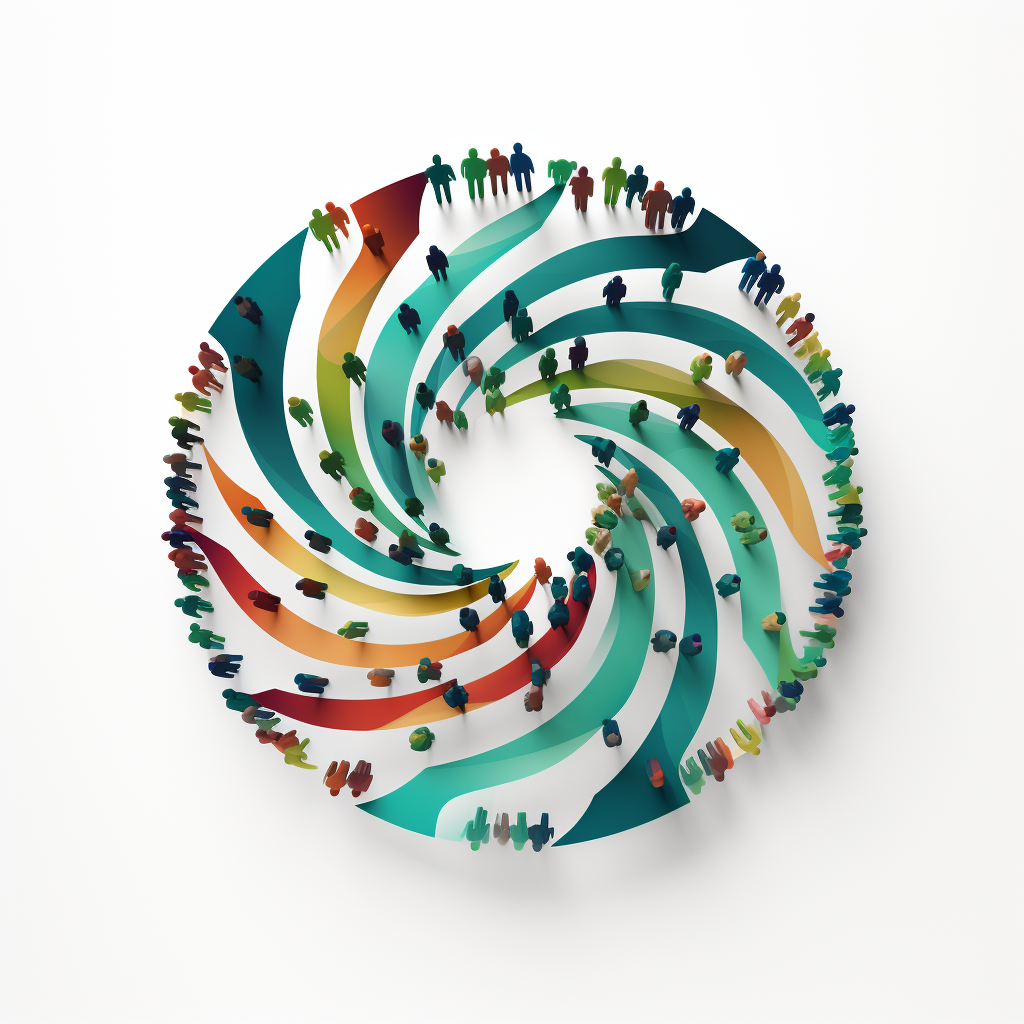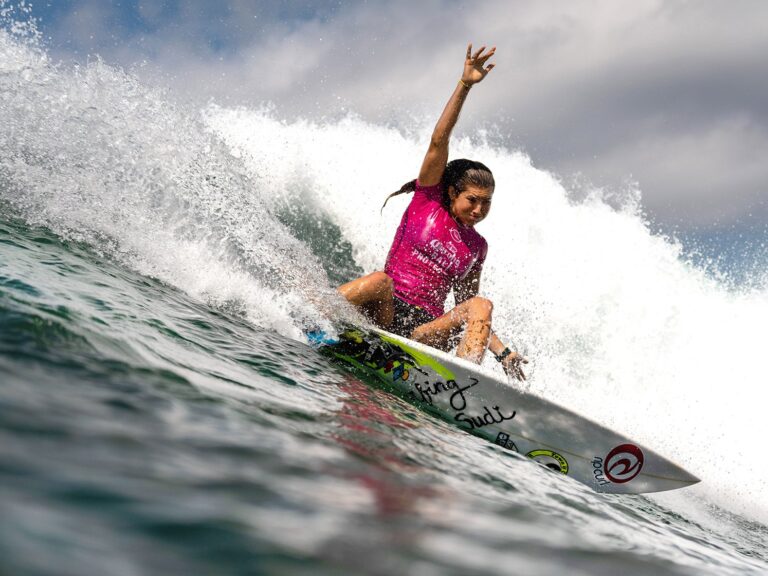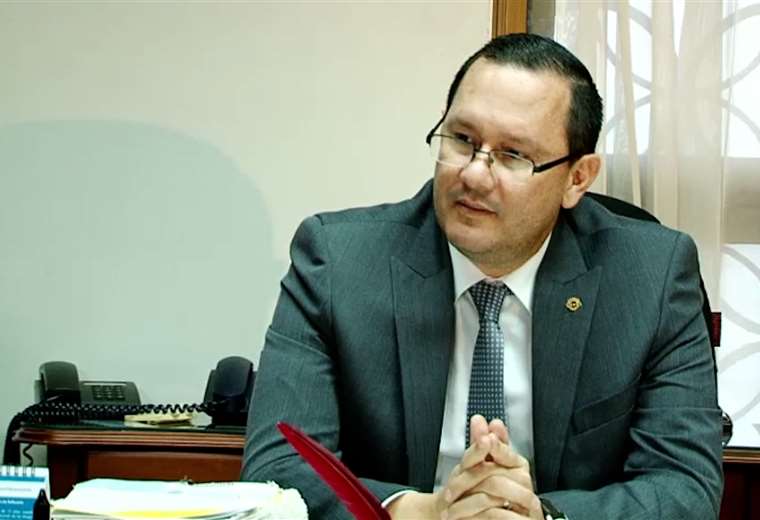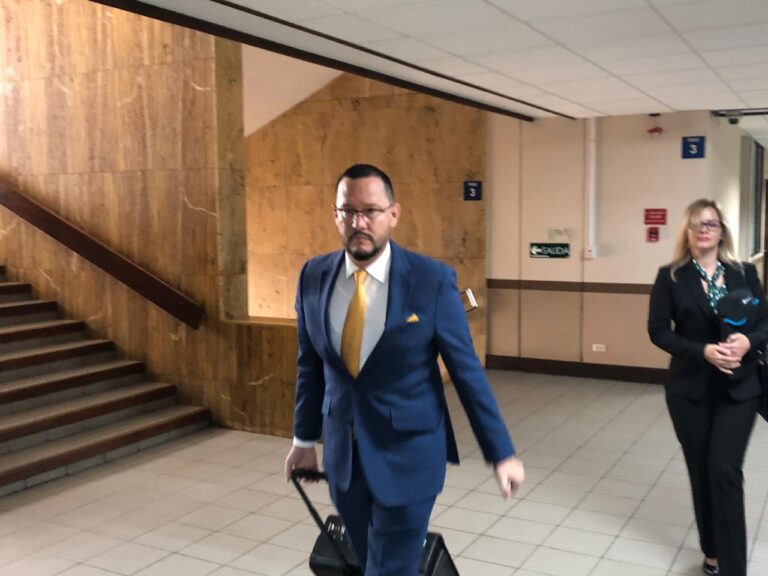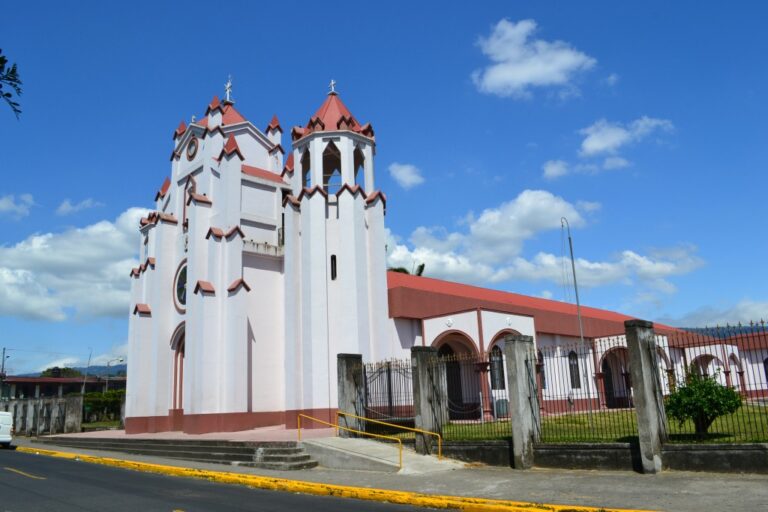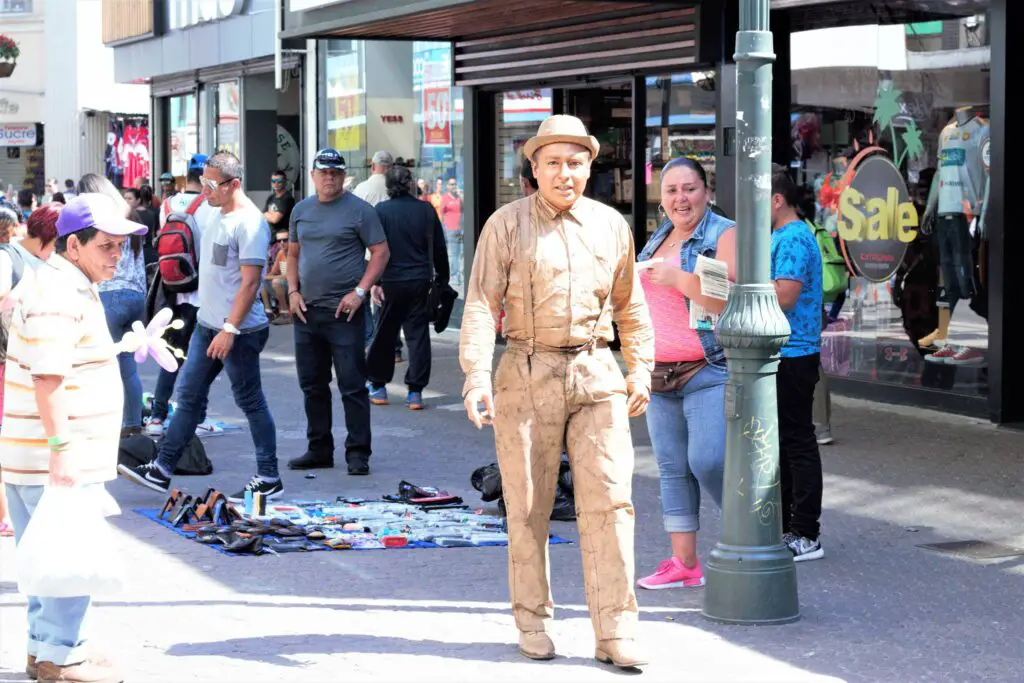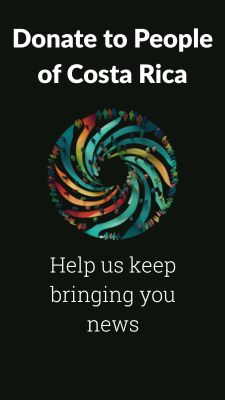When Dr. Mauricio Hoyos agreed to tag sharks in the remote waters off Costa Rica, he knew the work held inherent dangers. But nothing could have prepared him for what happened on that day in late September 2025: a four-meter shark lunged, bit his head, and briefly engulfed it in its jaws.
It happened near Cocos Island, some 550 kilometers (≈340 miles) off the Pacific coast of Costa Rica, as part of a conservation expedition under the One Ocean Worldwide Coalition. Hoyos was tagging a Galápagos shark when the animal suddenly reversed direction and clamped onto his skull. “My whole head was inside of her mouth,” he later recalled. But within a fraction of a second, the shark released him—apparently sensing the hardness of bone—and swam away.
What followed was a grueling rescue: 36 hours of transport by sea and land to reach Hospital México in San José, where he arrived in stable but serious condition, bearing severe injuries to his head, face, and arms.
Science in the Face of Danger
For decades, marine biologists have tracked, tagged, and monitored sharks to understand their movement, behavior, and ecology. Yet encounters like Hoyos’s are extremely rare. His work is part of a broader initiative to monitor shark populations around Cocos Island, a UNESCO World Heritage Site known for its rich marine biodiversity.
During tagging operations, researchers often operate in close proximity to large animals, sometimes at night or in strong currents. Even so, shark attacks on scientists are considered accidents—not predation. In Hoyos’s case, the shark may have perceived the tagging device or the movement of the scientist’s body as an abnormal stimulus.
Hoyos emphasizes that he did not provoke the shark or swim carelessly; instead, the incident reflects the risks inherent in field biology. According to Luis Fernández, a doctor with the Costa Rica Fire Department, the shark’s bite force was “enormous”—enough to cause catastrophic head trauma. The rescue teams, local rangers, and marine scientists coordinated under extreme conditions to stabilize him and evacuate him safely.
The Rescue: Science, Trust, and Urgency
The remote geography of Cocos Island added to the complexity. There is no airstrip; evacuation must rely on boats and overland travel once on the mainland. Hoyos’s team and local rescuers acted swiftly to stabilize him and begin the long transit over open sea. The journey required coordination across agencies, medical teams, and local communities.
Despite the injuries, he remained conscious and able to describe his experience. His own composure, as well as the rapid response of support teams, likely made the difference. His colleagues and marine organizations lauded the professionalism and dedication involved, but also issued a sober reminder: this work rests on thin margins.
Beyond the Attack: Conservation, Risk, and Resilience
Hoyos’s encounter is not just a human story—it is also a lens into how science and conservation confront real danger. Shark tagging and monitoring are essential for understanding population dynamics, migration routes, and protection needs. But what happens when conservation models require humans to place themselves in the line of fire?
Such incidents reinforce the need for improved safety protocols, better technology (e.g. remote tagging tools), and greater institutional support for scientists in the field. They also highlight how the public often sees sharks through fear, not what they represent: apex predators essential to marine ecosystem balance.
In the aftermath, the larger effort continues. Organizations in the expedition—Fins Attached, For the Oceans Foundation, Reserva Tortuga, Rob Stewart Sharkwater Foundation—have reaffirmed their commitment to research in this region. The incident may slow some operations but also galvanizes attention: a stark reminder that the ocean is still wild and unpredictable.
Hoyos’s survival is a testimony to resilience, training, and the interconnected support of a team. The ocean yields discovery, but at times demands respect—and preparedness.
